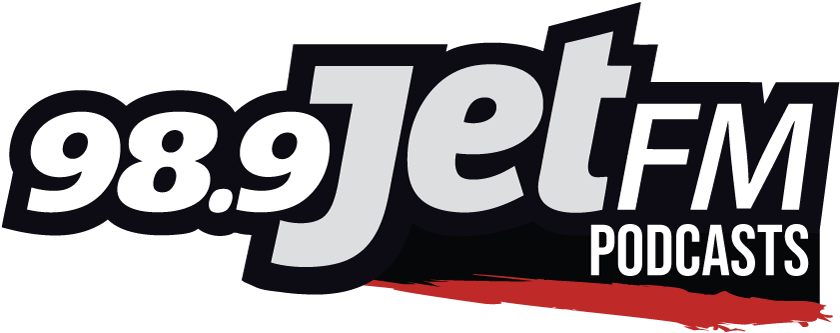In just over two months, a portion of the old E & N Railway right-of-way could be returned to the First Nation it was taken from about 140 years ago, unless the federal government agrees to invest in restoration and funding a new railway.
In September of 2021, the BC Court of Appeal gave an 18 month window to begin funding infrastructure repairs and rail service, or a section the railway right-of-way would be returned to the Snaw-Naw-As First Nation at Nanoose Bay.
Island Corridor Foundation CEO Larry Stevenson remains hopeful federal and provincial politicians will recognize there is plenty of support for a railway on Vancouver Island – and that there is a need.
Stevenson says Vancouver Island’s current transportation infrastructure is already inadequate.
“We’re completely reliant on a single highway, and that’s not sustainable for the future, it’s not sustainable today, we’re already seeing numerous problems.”
He notes that heavy rain in 2021 caused a multi-day closure of the highway, blocking shipments of fuel and other essential good to Victoria.
“This is an extremely important decisions,” Stevenson warns, “and it’s going to impact every future generation on the island and it’s absolutely imperative that we get this right.”
He says the decision will impact “our grandchildren and their grandchildren, and so on and so forth,” so it’s necessary to ensure the righjt decision is made
Stevenson says the Island Corridor Foundation presented its business case to the provincial government in May of last year, and has followed up through engagements involving First Nations along the corridor and now it’s up to the politicians.
He says the foundation will continue working with the the federal and provincial governments ahead of a final decision.
They have until mid-March to make their decision whether rail service has a future on Vancouver Island.
The Esquimalt and Nanaimo Railway, was incorporated in September 1883, and went into service in 1886 linking Nanaimo and Esquimalt.
In 1888 the line was extended to the City of Victoria.
In the early 1900s, the rail line was extended to Parksville, Qualicum Beach, Courtenay, and Port Alberni,
In its Business Case released last year, the Island Corridor Foundation said there is a “very real and urgent need for safe, efficient, reliable, and environmentally sustainable transportation options on Vancouver Island.”
The ICF is proposing a rail service it says can be financially viable, and sustainable for future generations.
The Business Case estimated the construction costs to be $381 million and $50 million for the acquisition of rail equipment for a total cost of $431 million.






